
Photos by Rasmus Hjortshoj of COAST
Sustainable architecture is a difficult term to define. Often, we measure how “green” a building is through metrics provided by third-party certification systems like LEED or the Living Building Challenge. The recently completed CopenHill project is a new brand of sustainable buildings—one that is environmentally friendly through its very existence. For Danish architecture firm Bjarke Ingels Group, more commonly known as BIG, environmental practices in architecture are best achieved through hedonistic sustainability—a practice that involves implementing green ideas throughout the building design instead of creating separate, metric-based goals.
According to Bjarke Ingels, the founder of BIG, CopenHill is a perfect example of the firm’s approach to sustainability. “CopenHill is a blatant architectural expression of something that would otherwise have remained invisible: that it is the cleanest waste-to-energy power plant in the world,” he explains.

Photos by Rasmus Hjortshoj of COAST
True to its holistic mission, CopenHill includes a range of facilities including the power plant, an education-based program, and recreational areas including a climbing wall (the tallest artificial climbing wall in the world) and a ski slope that can be seen from the exterior. The gigantic project was accomplished through partnerships with SLA, AKT, MOE, Rambøll, and Lüchinger+Meyer. The team included engineers, landscape experts, and even material designers who helped develop a green panel system that mimicked the feel of snow for ski areas.
While certainly an incredible space to experience, the building’s true contribution to the public will be the 440,000 tons of waste that will be converted into energy each year. This all happens in the Amager Resource Center located inside of the CopenHill project. The center may be an important step to help Copenhagen reach its carbon-neutral goal by the year 2050.
Bjarke Ingels shares his hopes this project will have not only have an influence on the local community but the world. “Standing at the peak of this human-made mountain that we have spent the last decade creating—makes me curious and excited to see what ideas this summit may spark in the minds of future generations.”
BIG’s Copenhill is a functioning power plant in Copenhagen combined with public programs like a ski slope and climbing wall.
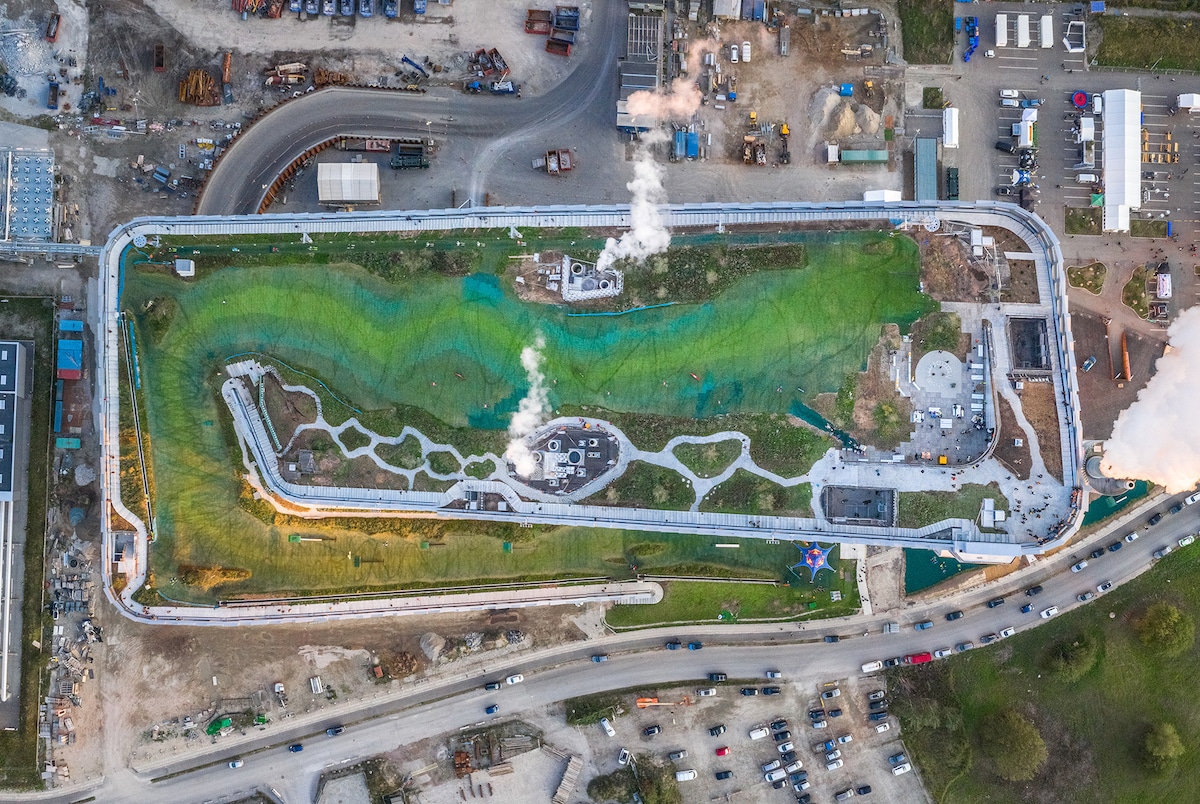
Photos by Rasmus Hjortshoj of COAST

Photos by Rasmus Hjortshoj of COAST
For BIG, environmental practices in architecture are best done through hedonistic sustainability—a practice that involves implementing green ideas throughout the building design.

Photos by Rasmus Hjortshoj of COAST

Photos by Rasmus Hjortshoj of COAST
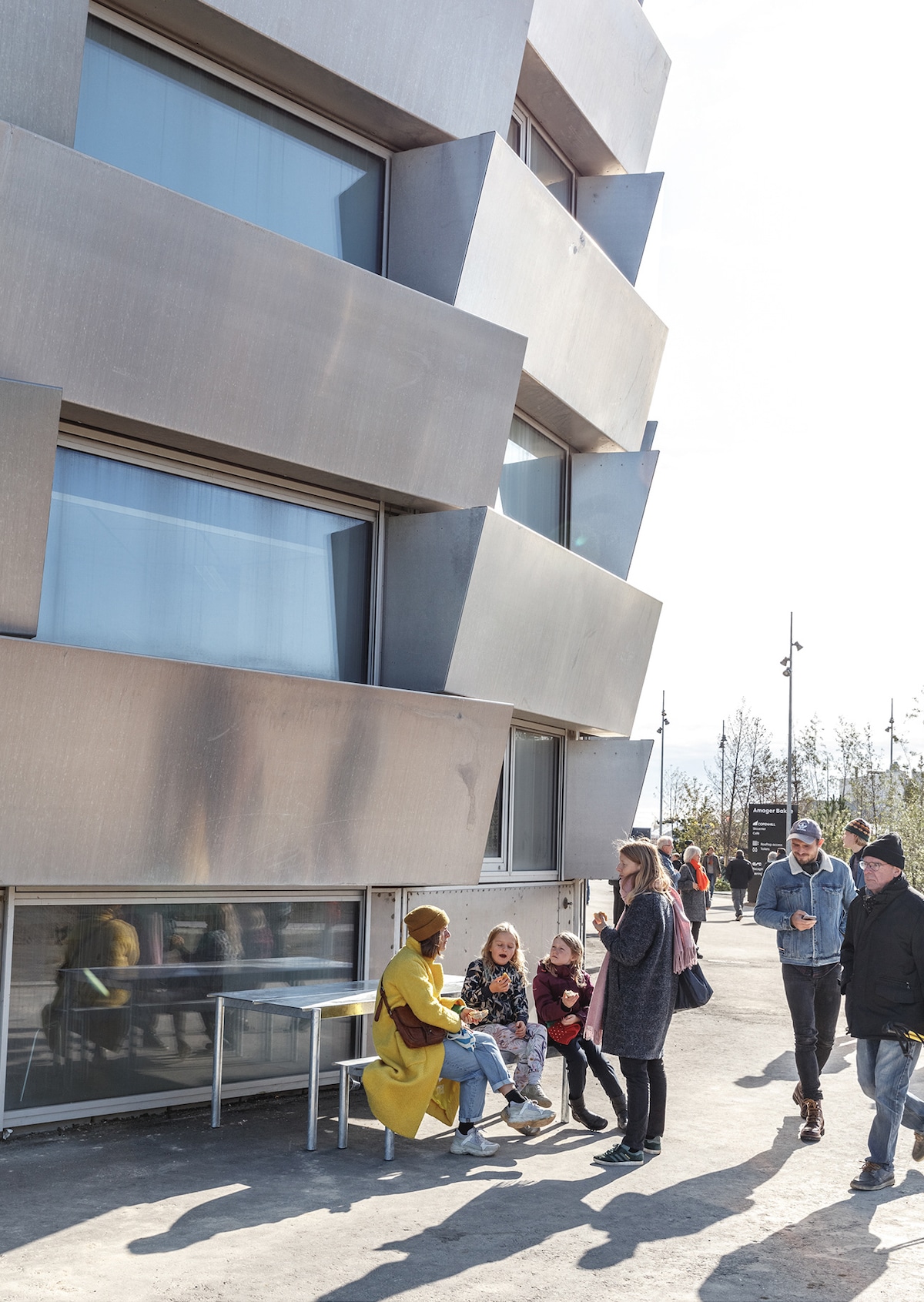
Photos by Rasmus Hjortshoj of COAST
CopenHill will convert 440,000 tons of waste into energy every year to help Copenhagen reach their carbon-neutral goal by the year 2050.
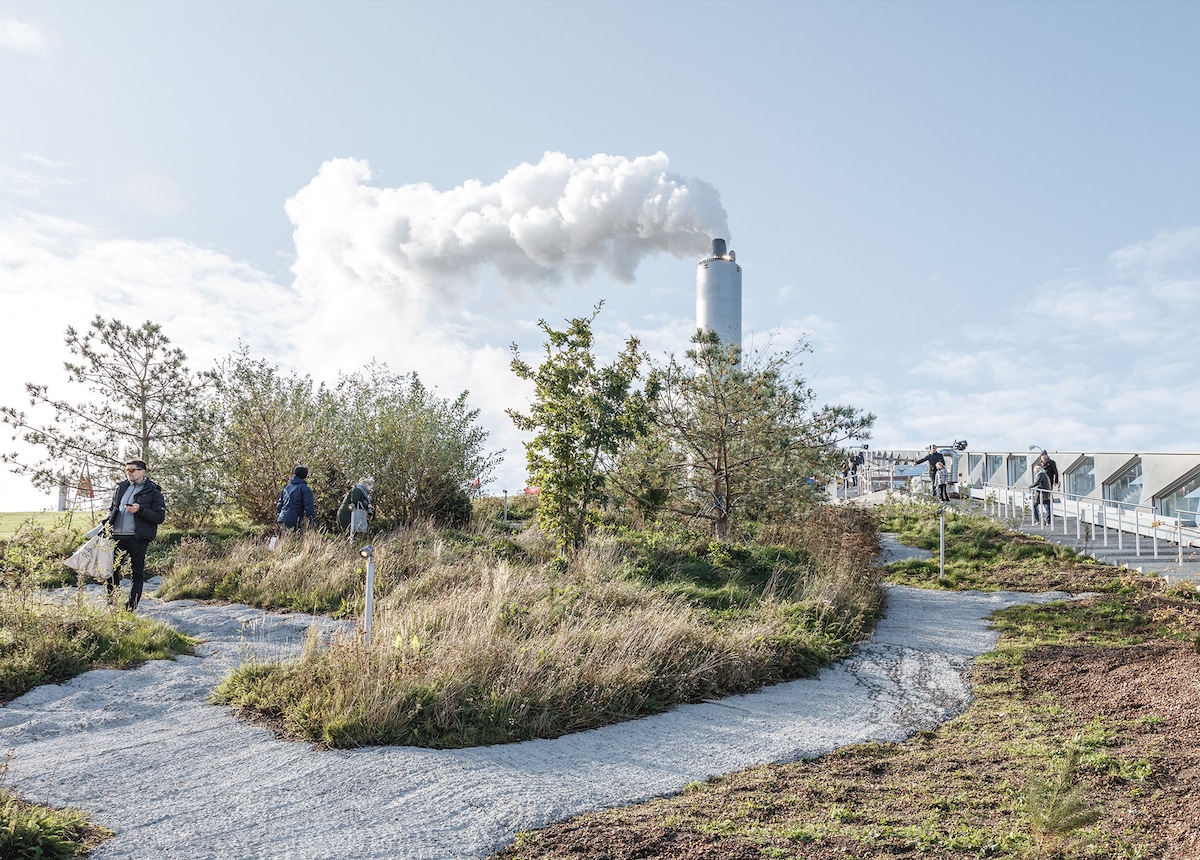
Photos by Rasmus Hjortshoj of COAST
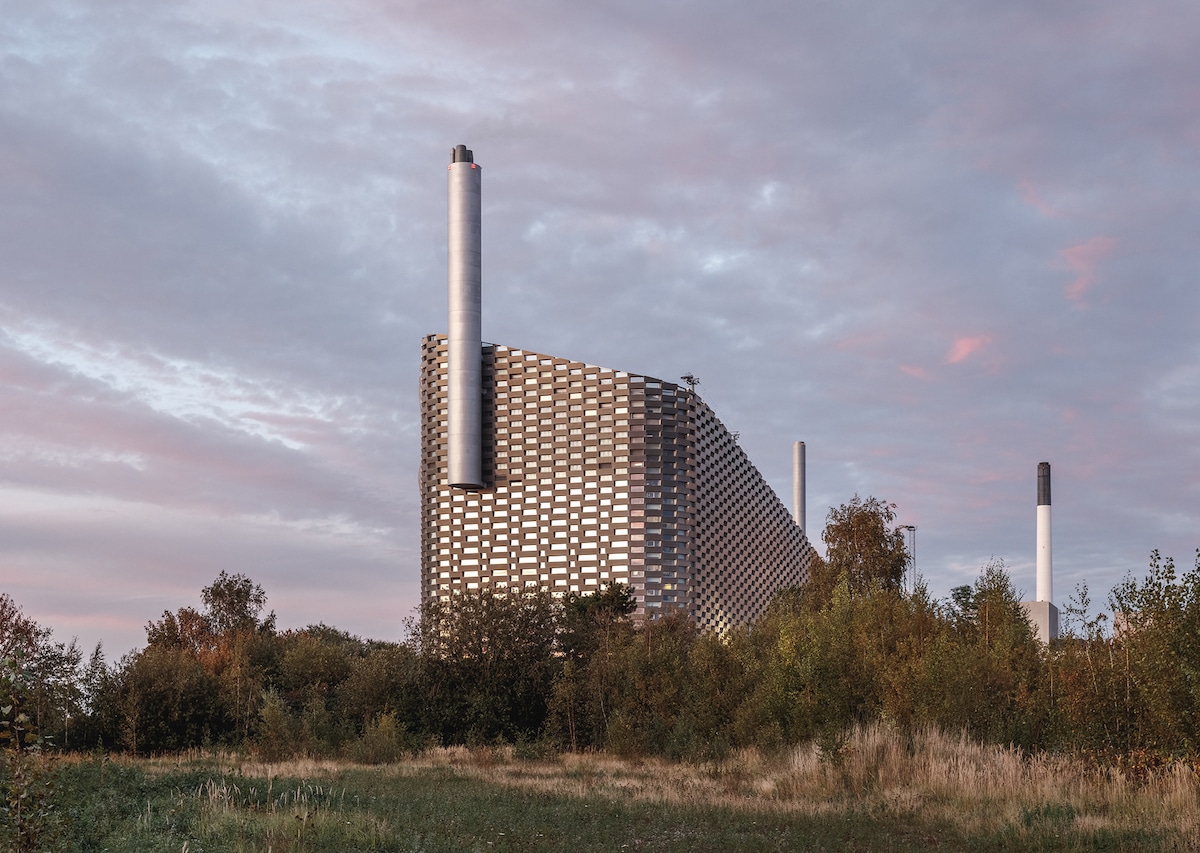
Photos by Rasmus Hjortshoj of COAST
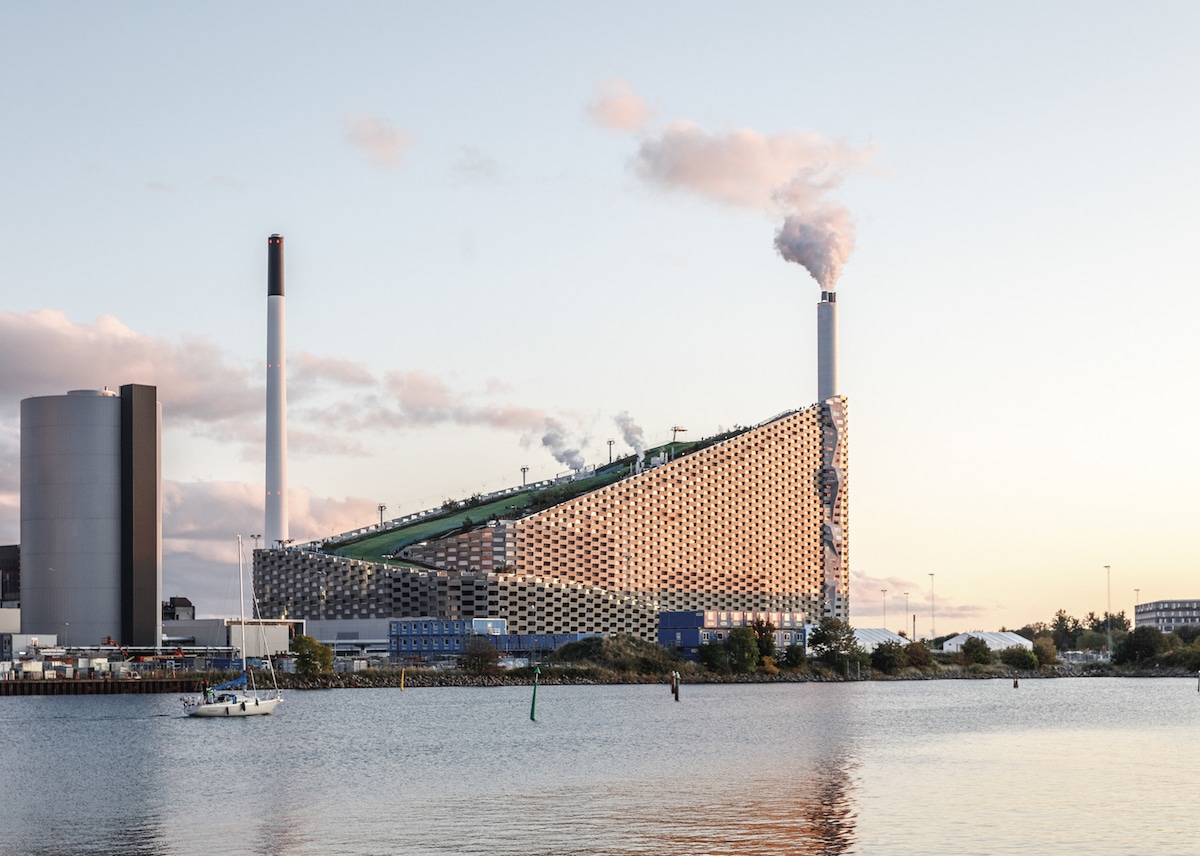
Photos by Rasmus Hjortshoj of COAST

Photos by Rasmus Hjortshoj of COAST
